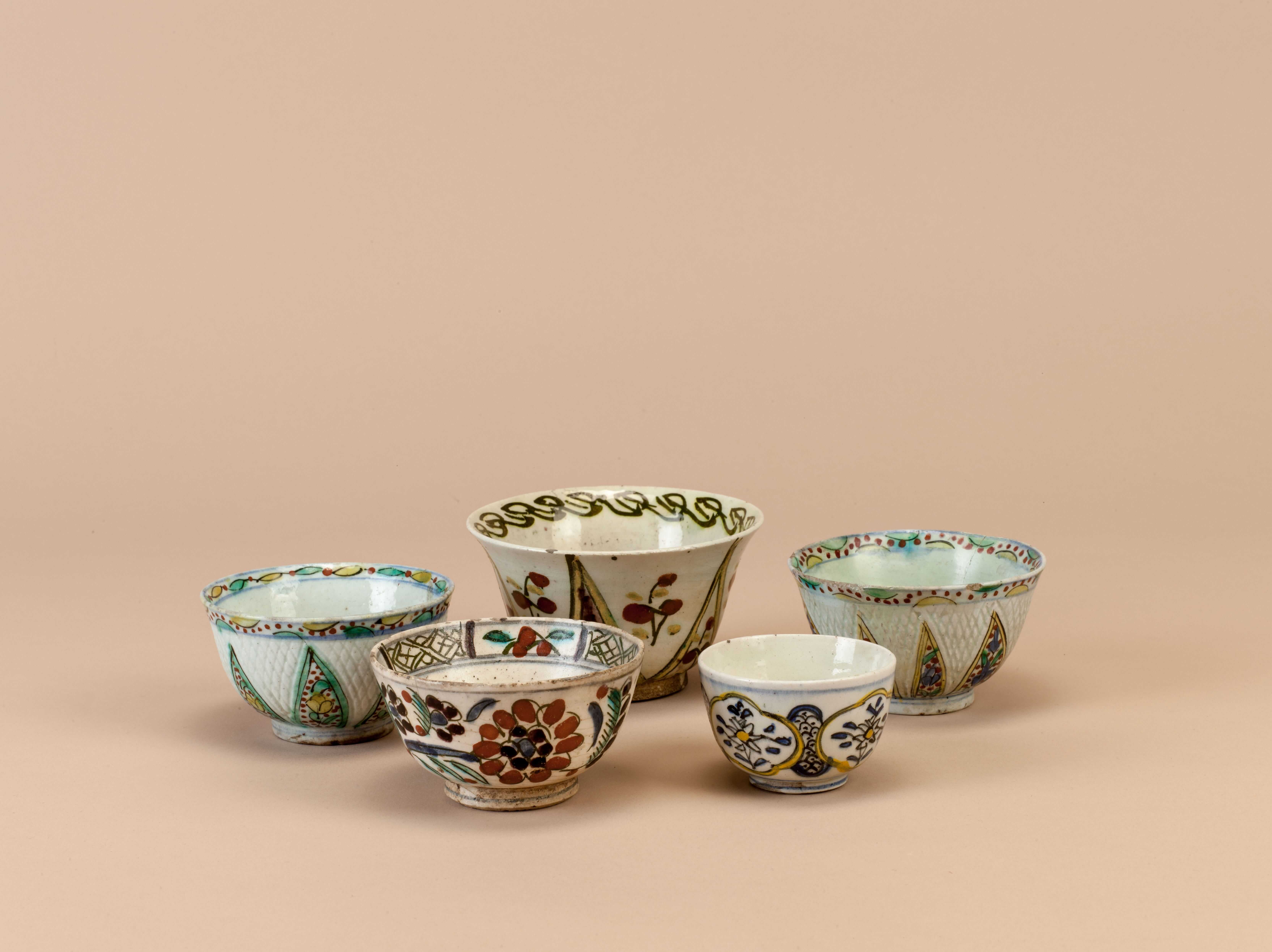Director: Joachim Trier
Cast: Anders Danielsen Lie, Hans Olav Brenner, Ingrid Olava, Malin Crépin
Norway, Denmark, Sweden, 2011, 95', DCP, color
Norwegian, English with Turkish subtitles
Adapted from Pierre Drieu La Rochelle's novel Le Feu Follet, the film Oslo, August 31st follows its main character, Anders, as he leaves the rehabilitation center where he is being treated for drug addiction on a one-day pass to Oslo. This experience turns into a journey where Anders confronts his old friends and family and has the opportunity to re-evaluate his life. Oslo, August 31st highlights the urban texture of Oslo, showing how the city's streets intertwine with Anders' inner journey. As Anders visits to various places throughout the city during the day, including parks, cafes, streets, and its nightlife, the city serves as a refuge for him and a backdrop against which he confronts himself.

Coffee was served with much splendor at the harems of the Ottoman palace and mansions. First, sweets (usually jam) was served on silverware, followed by coffee serving. The coffee jug would be placed in a sitil (brazier), which had three chains on its sides for carrying, had cinders in the middle, and was made of tombac, silver or brass. The sitil had a satin or silk cover embroidered with silver thread, tinsel, sequin or even pearls and diamonds.
Tuesday - Saturday 10:00 - 19:00
Friday 10:00 - 22:00
Sunday 12:00 - 18:00
The museum is closed on Mondays.
On Wednesdays, the students can
visit the museum free of admission.
Full ticket: 300 TL
Discounted: 150 TL
Groups: 200 TL (minimum 10 people)